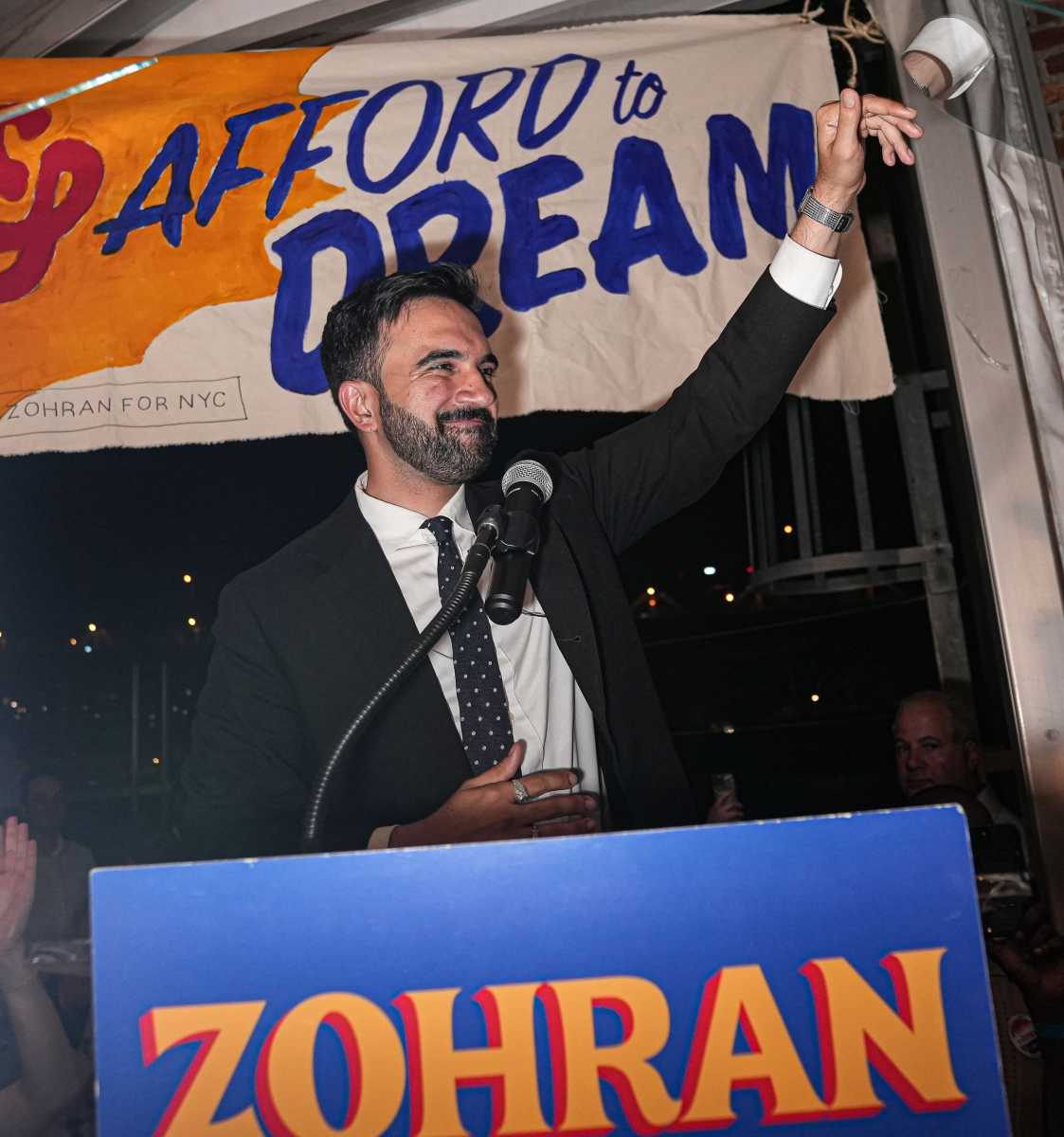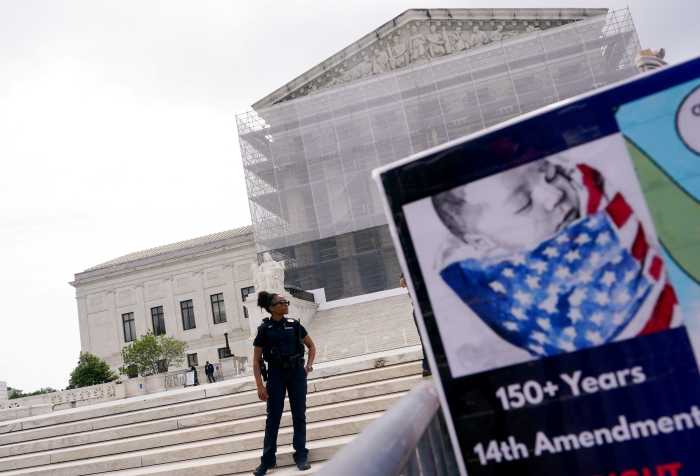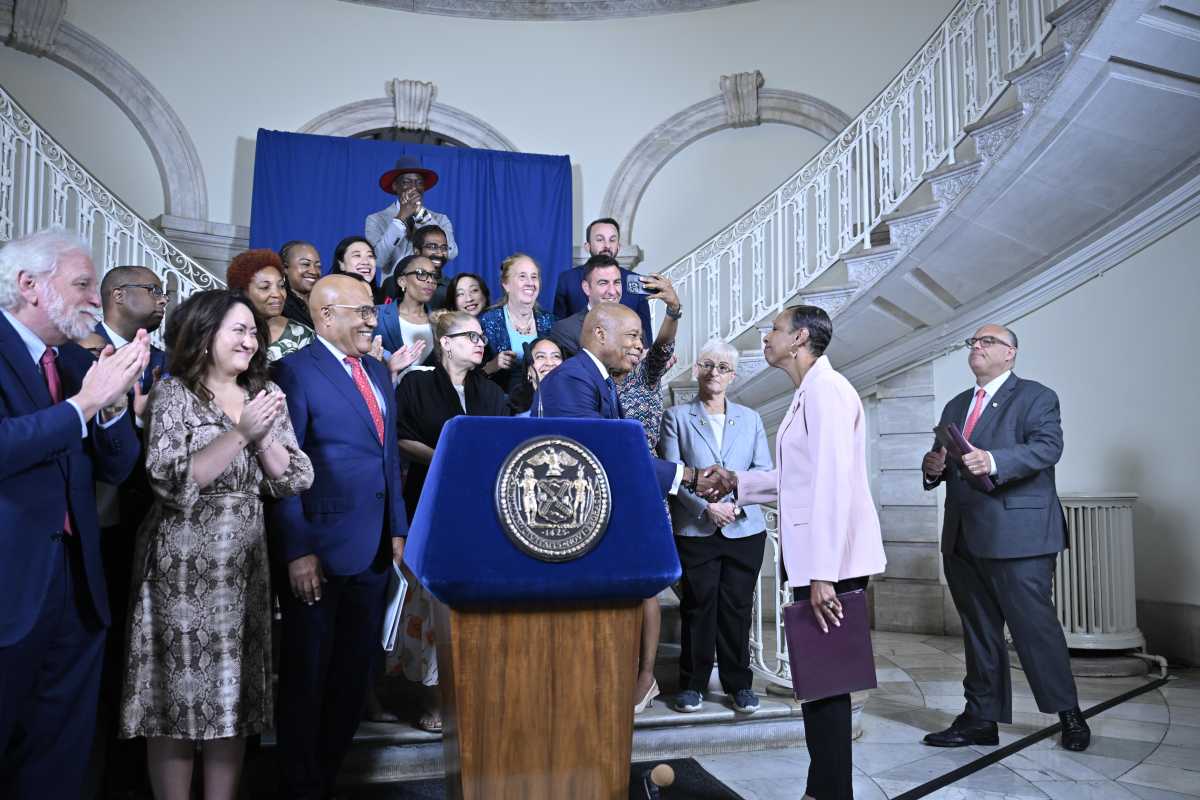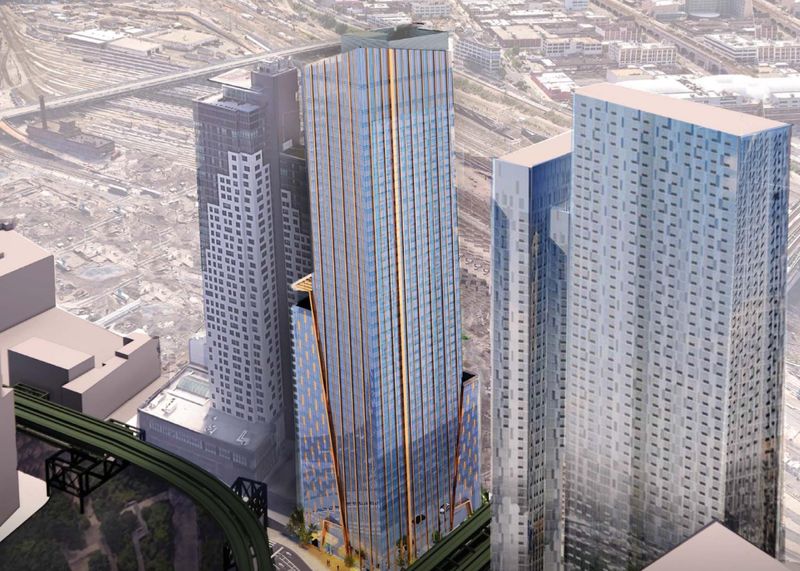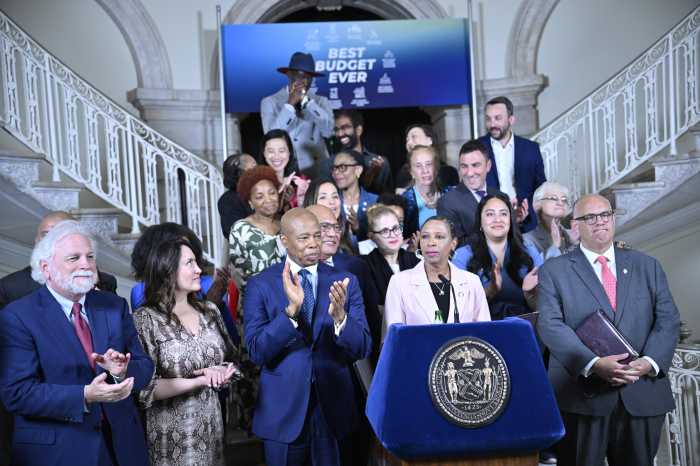By Bill Parry
The city’s firefighters union released what it calls a “bombshell analysis” Monday which claims the FDNY is underreporting emergency response times in some cases by as much as 92 percent. In Queens, the average time for a medical emergency was said by the city to be 4:37 minutes, but in reality the elapsed response time in the borough was 8:03—a difference of 74 percent.
The Uniformed Firefighters Association, which represents rank-and-file FDNY members, found that actual response times to structural fires citywide in 2015 was 20 percent longer than what the city advertises; 57 percent longer for non-fire emergencies such as gas leaks, building collapses, explosions and other disasters; and a whopping 81 percent longer for medical emergencies.
“The numbers the city reports paint a devastatingly inaccurate picture of how long it truly takes for New York City firefighters to arrive at the scene of an emergency, when measured from the 911 call to the arrival of the first unit at the curb outside the affected building,” UFA President Steve Cassidy said. “If you are trapped in a fire or having a heart attack, those crucial seconds and even minutes of extra waiting can mean the difference between life and death. Every second a fire spreads makes it more dangerous for firefighters and the citizens they are sworn to protect.”
The reason for the discrepancy is that for years the city did not “start the clock” on measuring response times until a 911 emergency call was given to the FDNY. The UFA said the method does not count the time—often several minutes—a caller spent speaking to an initial 911 dispatcher.
“I haven’t seen the details, but we know that report is not accurate,” Mayor Bill de Blasio said Monday. “We have been very careful about response time. In fact, we’ve added ambulance tours to help randomness response time. And we constantly monitor it —all FDNY, whether it’s the fire apparatus or the ambulance side of the operation. So, that’s just not an accurate report.”
An FDNY spokesman said there is nothing misleading about the city’s transparent and detailed reporting on response times for emergencies. He said that end-to-end response times are provided by the Mayor’s Office of Data and Analytics.
The UFA stood by its report and contended firefighters are further troubled that even the more-accurate figures still only measure the “call to curb” times, or the time between when the 911 call is first answered and when firefighters arrive at the curb outside the building. If an emergency is on the fifth, 20th or 40th floor, many more minutes will elapse before first responders reach the apartment or building floor where the victims are located, the union said.
“As construction in this city continues to boom and our population soars, we are adding more and more skyscrapers and packing more and more people into buildings,” Cassidy said. “In a vertical city such as New York, is a measurement of call to curb sufficient? The city needs to factor emergency response coverage into all future zoning and development plans, so further growth is not putting the people who live and work in this city at greater risk.”
The discrepancies in reported response times come as firefighters are responding to more emergencies than at any other time in the FDNY’s history. In 2015, firefighters responded to 581,000 calls, a 12 percent jump over 2014 and a combined 21 percent increase over 2013. In fact, the 10 busiest years in the department’s history have all occurred since 2005, a clear sign of continuing population growth, according to the UFA.
Reach reporter Bill Parry by e-mail at bparr


